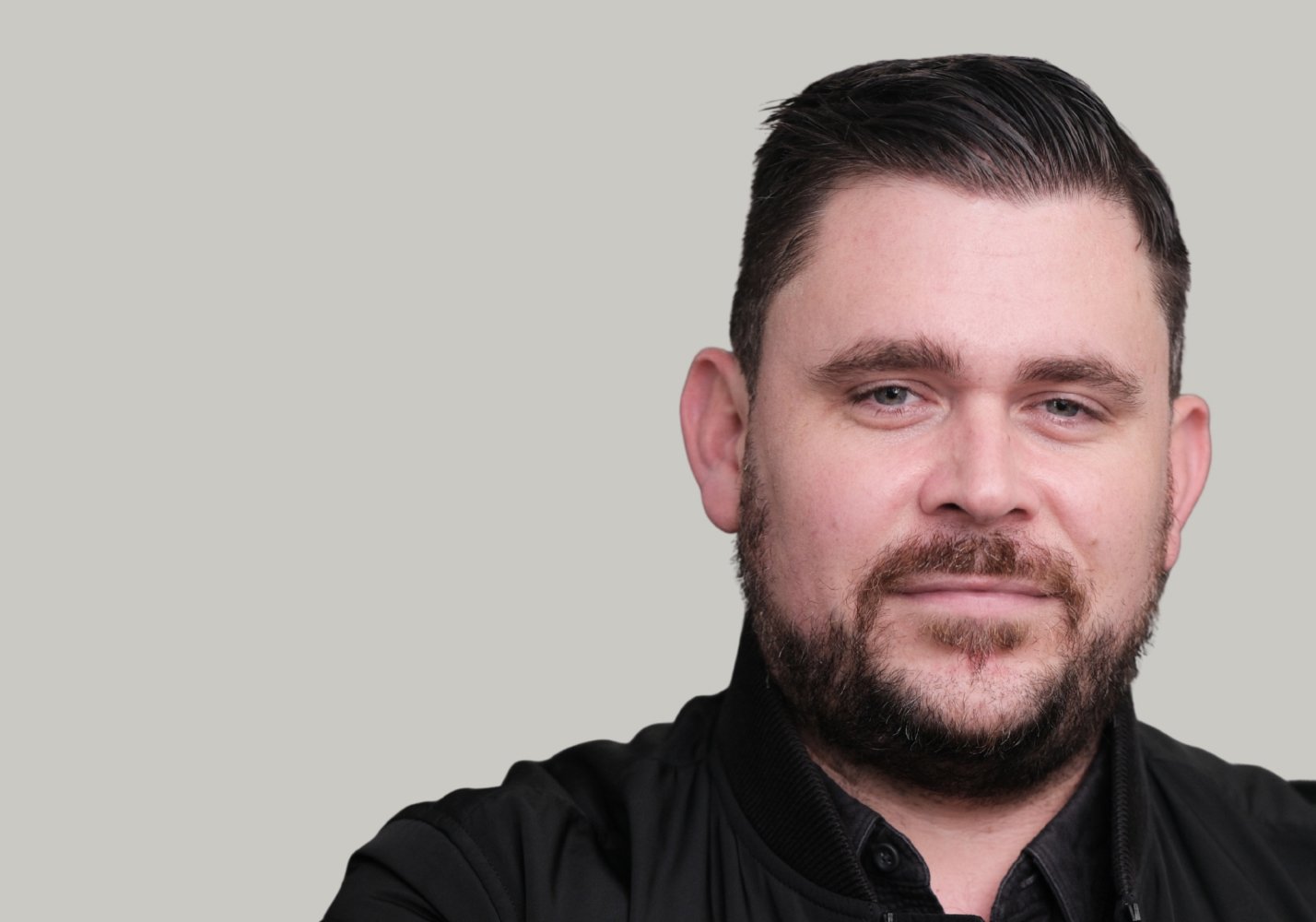AUTOMOTIVE DESIGN
MONDAYS & WEDNESDAYS
6 PM GMT
LIVE ONLINE COURSE ON AUTOMOTIVE DESIGN
3 DEC 2025 - 16 FEB 2026
DURATION:
9 WEEKS
MONDAYS & WEDNESDAYS
6 PM GMT
Learn how to design cars, from idea to production, and build a portfolio that accelerates your career.
Join Feró Tobak, a Lead Exterior Designer with experience across the globe, and gain the skills and pro insights that drive your career forward.
WHO THIS COURSE IS FOR
-
YOU ARE AN AUTOMOTIVE DESIGNER
Early in your career and hitting speed bumps with sketching, rendering, or aligning your work with brand identity? This automotive design course sharpens your design engine, helping you master software, refine proportions, and build a portfolio that shows you can take a car from idea to production-ready concept.
-
YOU ARE A 3D DESIGNER
Technically strong but creatively stalled? You’ll learn to infuse your models with user-centric storytelling, ergonomics, and market research. By mastering the entire design pipeline, you’ll produce 3D work that resonates with both carmakers and audiences.
-
YOU ARE A DESIGNER ASPIRING TO SWITCH
Breaking into automotive design but not sure how to shift gears? You’ll learn industry-standard tools, develop concepts rooted in user needs, and understand how every line, surface, and material choice impacts a vehicle’s performance and identity. Walk away with a ready portfolio project that proves you belong in the driver’s seat.
Sketch it. Model it. Make it real.
In this car design course, you’ll work hands-on with the industry’s go-to tools, like Photoshop, Blender, and Vizcom.ai. Design both exteriors and interiors, producing professional-level sketches and models you can use immediately in real-world studio settings.
Learn LIVE in the fast lane.
No pre-recorded pit stops. You’ll learn live with Feró Tobak, asking questions in real time, getting feedback on your work, and building connections with a global network of fellow designers.
Shift theory into gear with 9 assignments and 6 live demos designed to sharpen your core automotive design skills. From dynamic sketching and shading drills to AI-powered ideation and 3D modelling essentials, every exercise builds the technical precision and creative confidence needed in today’s studios.
Dive into real design strategy with case studies from brands like Hyundai, BMW, and Tesla. In collaborative workshops, you’ll analyse brands, practise critique, and stress-test your ideas against real market demands. This course gives you practical insight into how leading studios balance bold innovation with structural soundness.
Take the wheel and create a flagship automotive concept that proves your range and creativity. You’ll shape exteriors and interiors, fine-tune components, and explore colour, materials, and finishes to align with a chosen brand’s DNA. The outcome: a polished portfolio piece that reflects your automotive design training and sets you apart in the industry.
- Former Exterior Designer for Volkswagen and Toyota
- Has over 10 years of global experience at leading OEM studios, including Toyota, Volkswagen, and BMW
- Brings an international perspective to his craft, having worked in the U.S., Germany, Sweden, Spain, and the UK
- Contributed to the Toyota Concept-Ai, Lexus LF-1, and production models, including the Tacoma and 4Runner
- Graduate of ArtCenter College of Design, Pasadena – a leading global school for transportation design

Kick things off by meeting your instructor, scoping out the course roadmap, and getting the lowdown on the capstone project that has you designing with a real carmaker in mind.
- Instructor intro
- Course overview
- Capstone project
- Personal goals
Understand automotive design roles and workflows and explore how brands like Kia and Hyundai built their identities. Get the “why” behind the process and see how story-driven design fuels creativity and execution.
- Roles, responsibilities, global context
- Design process overview
- Case Studies: Carmakers: design history, brand identity, design aesthetic
- Story-driven design, creativity, execution
- Grow & modernise toolbox
Assignment #1: Research a carmaker. Create a virtual board with their design history, progression, and unique elements or style. Plus, you can sketch an existing car that represents the brand.
Learn how to balance beauty, function, comfort, and performance in vehicle design while spotting the trends shaping the future of the industry. Explore what makes cars work for people, stand out on the road, and succeed in production.
- Aesthetics, function, ergonomics, aerodynamics
- Designing for mass production
- Emerging trends
- Electric & self-driving cars design implications
- Target audience
- Workshop: Getting inspired & finding inspiration sources
Assignment #2: Create initial sketches for your capstone project, including inspiration images and keywords.
Understand core automotive design fundamentals, differentiate between vehicle segments, and identify different modelling principles. Learn how to spot and shape the details that make a vehicle stand out, with insider tips from an industry guest.
- Proportions, packaging, surface curvature, stance, shape language, wheels
- Rules & regulations
- Car segments
- Clay models: Overview, purpose, creation, assessment
- 3D printing
Learn how to design with people in mind. Understand what makes design both functional and beautiful, balance ergonomics with aerodynamics, and size up the competition to create concepts that connect with today’s users.
- Connecting design to the user
- Aesthetics, function, ergonomics, aerodynamics
- Competitor benchmarking
- Societal context
Assignment #3: Develop a package concept & pen sketches. Plus, you can add an image and a short paragraph describing the context and user story.
Start turning raw sketches into real concepts. In this class, you’ll refine your ideas, translate them into digital renderings, and dive into Blender to start shaping your initial 3D automotive concepts.
- Narrowing down ideas
- Drawing & rendering: Creating a 3D model
- Demo: Blender
- Lab: Turning your own design into a 3D model
Learn how to take a flat sketch and give it life. In this class, you’ll use value, shading, and digital rendering in Photoshop to fix proportions, add depth, and improve visual impact on your design.
- Elevating sketching with value
- Demo: Adding value to a sketch using Photoshop
Assignment #4: Add value or shading to front ¾ and rear ¾ sketches.
Put your concept to the test. Present your work-in-progress, trade real feedback with peers and the instructor, and fine-tune your design by sharpening interior choices, lighting, colour, and materials. Iterate smartly and get your project production-ready.
- Work-in-progress critique
- Interior modeling, lighting, colour, material selection
- Workshop: Concept feedback
- Testing, iteration, final steps toward production
Turn your sketches into fully realised 3D models and see your ideas take shape. Apply digital modelling techniques and collaborate with modellers to advance design accuracy and detail.
- Moving from sketch to 3D
- Working with modellers
- Demo: Digital model
Assignment #5: Refine your sketches & begin working on a sketch model.
Explore how space, shape, and materials can make or break the driving experience. With case studies and comfort hacks, you’ll learn how to combine aesthetics, usability, and safety to design interiors people want to sit in.
- Matching interior design to exterior aesthetic
- Graphic design: Badges, decals, dials, switches, tread, etc.
- Interior components in different vehicle types
- Case Studies: Interior components adjustment & failed ergonomics
- Applied ergonomic design & differences in ergonomic considerations
- Proportion, space, shape, materials, comfort, accessibility
(Optional) Assignment #6: Create interior sketches to match the exterior.
Break down the key components that make cars functional, compliant, and user-friendly. You’ll sketch wheels & lightning, compare common vs. innovative strategies, and explore how technical, user, and regulatory demands shape every part.
- Interior & exterior components
- Component strategy: Common parts vs. innovative developments
- Technical, user, regulatory, business requirements
- Electrical & technological components
Assignment #7: Sketch wheels, lighting, and/or interior components.
Learn how colour, texture, and materials shape the look and feel of a car. You’ll weigh the pros and cons of different materials, see how they impact design decisions, and learn how to bring cohesion to a vehicle concept that works both on the road and in the showroom.
- Colour & materials designer role
- Advantages & disadvantages of different materials
- Ensuring cohesion: Colour, texture, pattern
- Materials: A driver for design
Get hands-on with real AI tools in automotive design. Apply AI-assisted sketching and presentation techniques, and evaluate ethical considerations to see how AI can boost both your workflow and your capstone project.
- AI in automotive design: Practice & purpose
- Demo: ChatGPT, Adobe, Vizcom
- Ethics of AI use & availability in studios
- Demo: Sketching
- Demo: Storyboarding of the final layout for the capstone project
Assignment #8: Add colour and materials to your sketch.
Sharpen your 3D models with feedback, market insights, and plenty of iteration. This class is about turning critique into fuel, learning how to adapt, refine, and push your designs closer to the real world.
- Demo: Full-class modelling session
- Workshop: Receiving feedback
- Working things out in 3D
- Market & consumer feedback
- Handling criticism
Learn how to set up rendering scenes in Blender and apply visualisation techniques that make your automotive concepts look sleek, polished, and presentation-ready.
- Demo: Rendering in Blender
Assignment #9: Create renderings for your capstone project.
Track where automotive design is heading, considering sustainability and tech shifts. Figure out how to work with clients, engineers, and fellow designers to create cars that fit tomorrow’s roads and expectations.
- Discussion: Future of automotive design & user trends
- Electric & self-driving vehicles
- Sustainability & environmental concerns
- Future trends & industry development
- Working with clients, engineers, designer teams
Map out your next career steps in design from choosing a specialisation to sharpening your self-promo. You’ll learn how to network smart, pitch ideas, and stay ahead with new tools and industry trends.
- Professional groups & effective networking
- Submitting ideas to publications
- Learning new design tools
- Specialisation: Exterior, interior, colour & material, etc.
Put your capstone in the spotlight. Present your project, walk through your design decisions, and get direct feedback.
- Capstone presentations: Part 1
- Open feedback & instructor advice
Second session for project pitches. Explain how your design choices connect to brand identity and get constructive feedback to polish both your portfolio and your presentation.
- Capstone presentations: Part 2
- Feedback & instructor advice
What our students say

"It was such a great experience, well worth the course fee which I invested personally - I've learnt so much and feel much more confident in my role.."

"The course at ELVTR was a great investment in my career. The materials are top-notch, and the instructors provided excellent support."

"The knowledge. The teacher is very experienced. He is able to answer our questions in depth, and takes the time to do so."

"The course was very helpful in helping me expand my design toolkits by gaining a wealth of new knowledge and inside expertise to stay at the forefront in an age of rapidly developing technological and software advancements."
Fill in the form to start your ELVTR journey.
We will contact you to clarify all the details.
